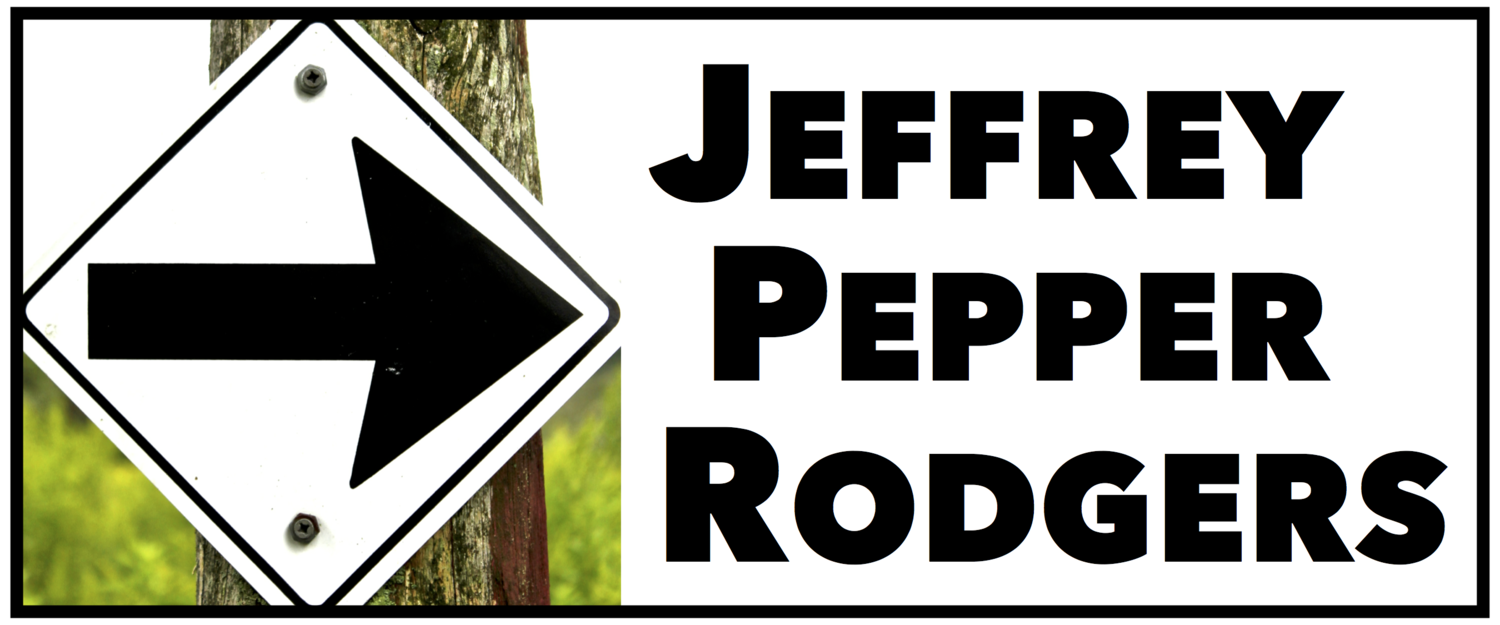Peter Mulvey on dynamic guitar arranging
Every solo performer faces the same challenge when taking the stage: How, with one voice and one guitar, do you convey a song—especially a simple one—in a dynamic way that holds an audience’s attention for three to four minutes? When you’re playing with a good band, songs develop naturally as instruments enter or drop out of the arrangement, change textures from section to section, and add solos to break up the vocals. Creating this kind of variety and interest as a solo act requires a much more sophisticated approach to accompaniment than knocking out the same rhythm pattern throughout the song.
Folk-rock singer-songwriter Peter Mulvey is one performer who rises to this challenge. He sounds great fronting a band, as he does on many of his albums. But he usually performs solo—and his songs are just as dynamic. Mulvey’s masterful guitar work incorporates varied fingerstyle and flatpicking textures, string percussion, deep basslines, and melodic solos, often using alternate tunings and partial capos to open up new sonic possibilities.
To shed light on his approach to accompaniment, Mulvey visited my home studio while on tour in upstate New York and walked me through his song “The Knuckleball Suite,” which he originally recorded in standard tuning with a band (on his album The Knuckleball Suite), but also performs solo with an unorthodox alternate tuning and partial capo setup. That latter arrangement was captured on his album Notes from Elsewhere. This three-chord song has no chorus and no bridge. “So it’s just the same thing over and over,” Mulvey says. “The entire game is dynamics.”
Watch the video above, and find the complete text and transcriptions in the February 2017 issue of Acoustic Guitar and online.
